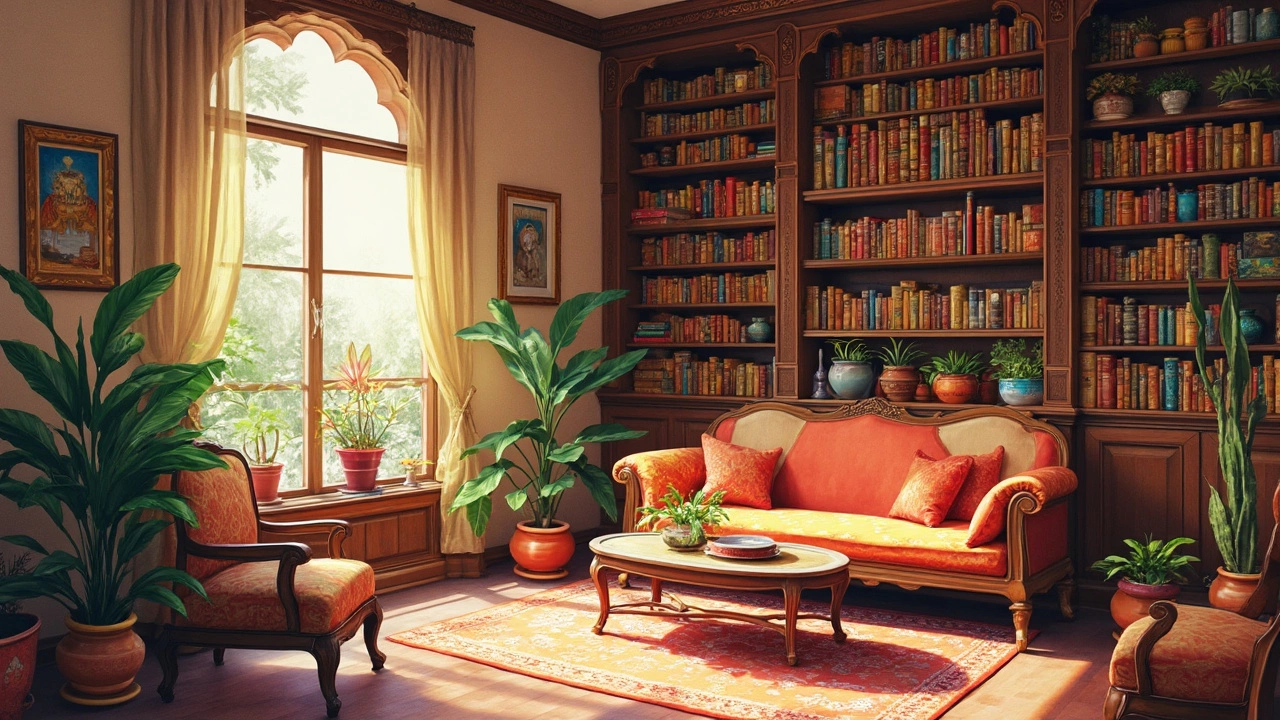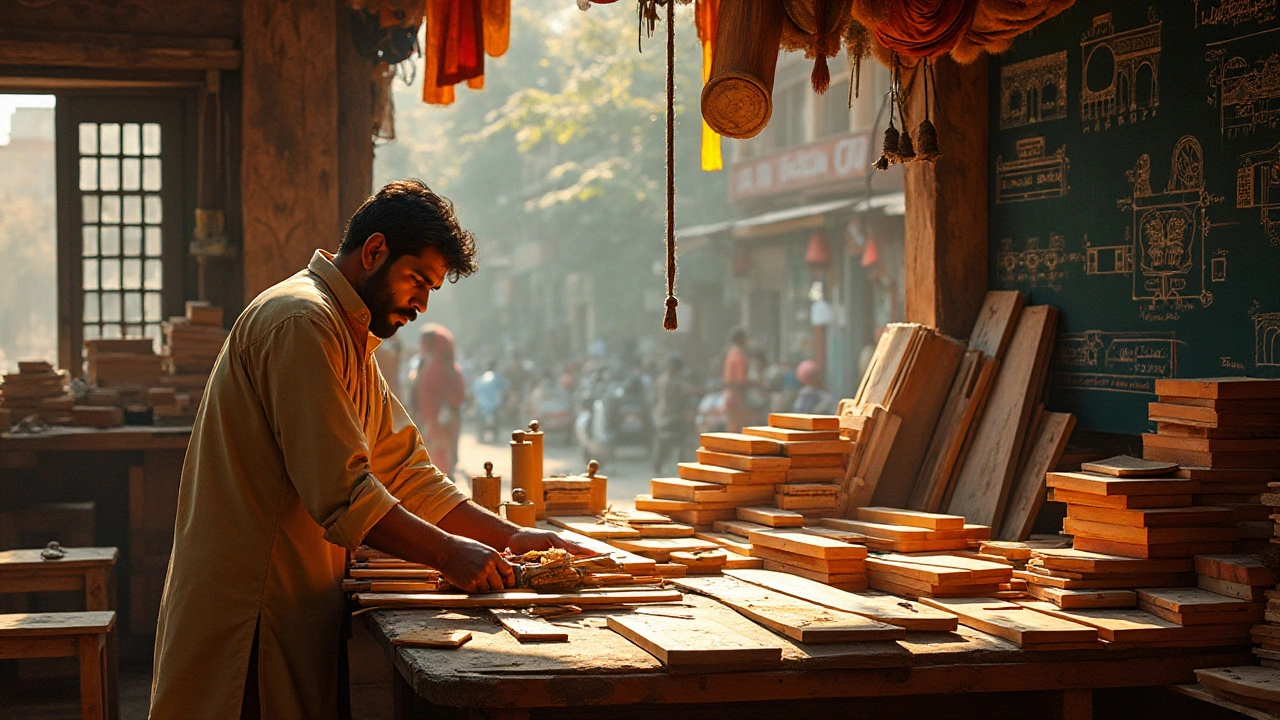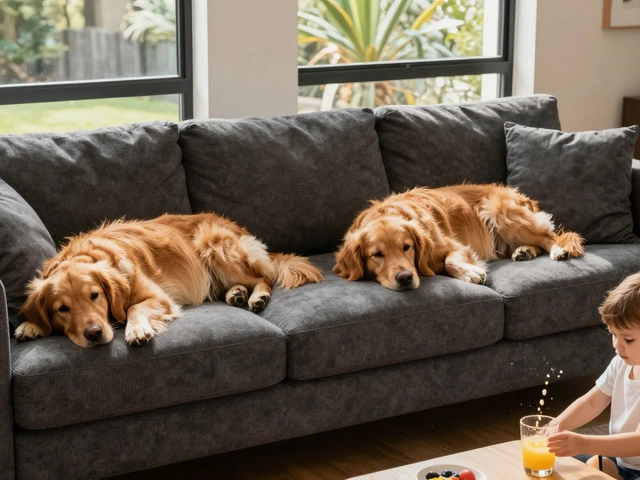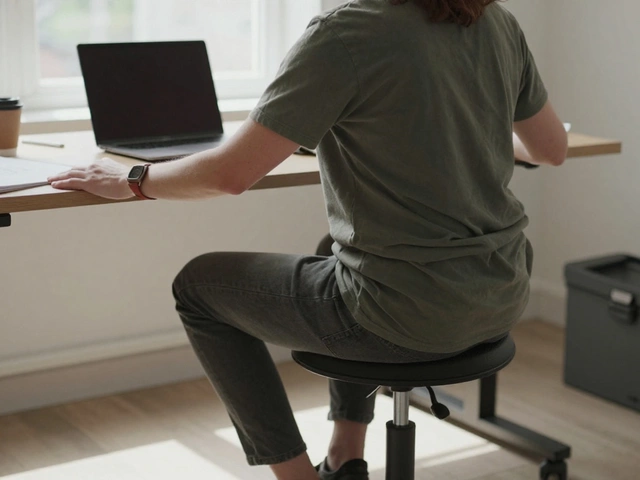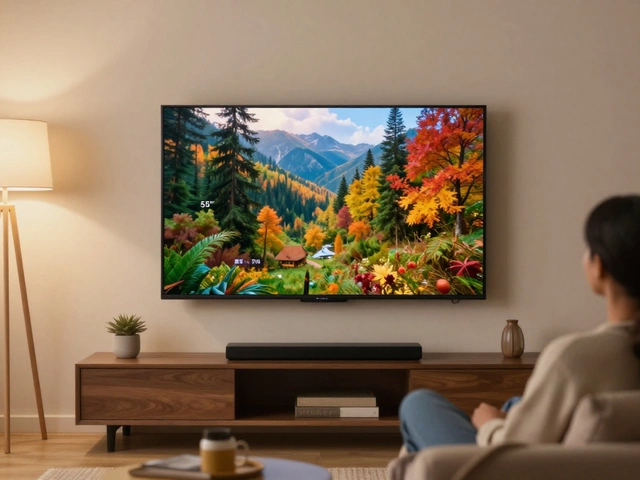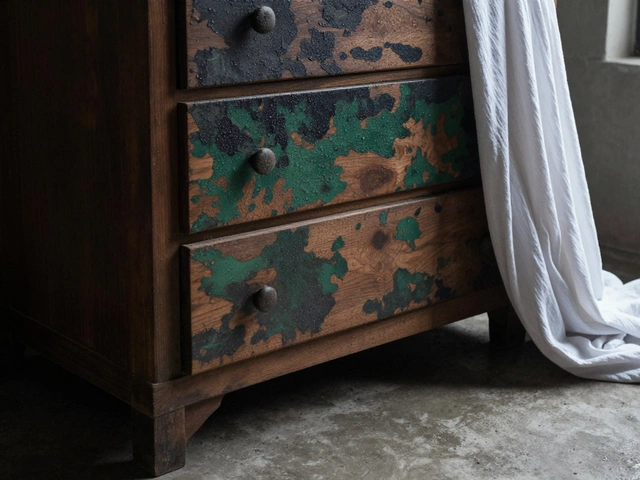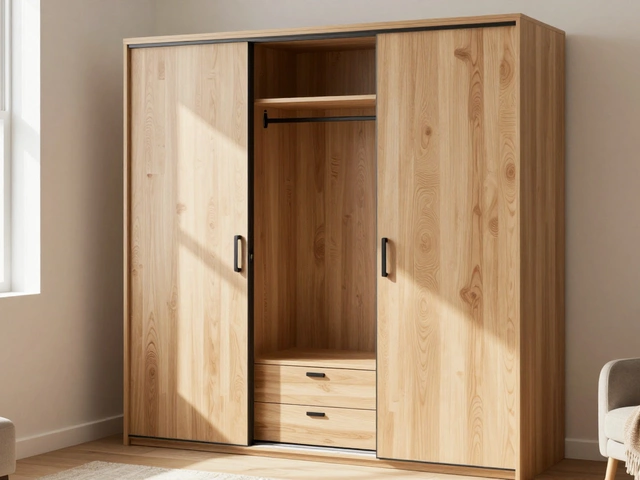Bookshelf Ideas, Buying Tips & Styling Hacks – Find the Perfect Shelf
Looking for a shelf that holds more than just books? You’re not alone. A good bookshelf can become the centerpiece of a living room, a quiet study nook, or even a hallway gallery. Below you’ll get straight‑to‑the‑point advice on picking the right size, material, and style, plus easy ways to make every shelf look pulled together.
Choosing the Right Bookshelf for Your Space
First, measure the wall or corner you plan to use. Write down the width, height, and depth you have available. Most people forget depth – a shallow shelf looks fine for décor but can’t hold large coffee‑table books. Aim for a depth of at least 10‑12 inches if you want to store standard hardcovers.
Next, think about material. Solid wood gives a warm, classic feel but can be heavy and pricey. Engineered wood or MDF with a good veneer offers the same look for less money and lighter weight. Metal frames are ultra‑modern and can hold a lot of weight, but they may clash with softer interiors.
Don’t ignore the style of the rest of the room. If your sofa is sleek and low‑profile, a tall, narrow bookshelf can add vertical interest without overwhelming the space. For a cozy, traditional lounge, a wide, reclaimed‑wood unit fits right in. Matching the bookshelf finish to existing wood tones creates a seamless look.
Styling and Organizing Your Shelves
Once the shelf is in place, the fun part begins – styling. Start with the biggest items at the bottom. This keeps the unit stable and frees up eye‑level space for books you reach for often. Alternate vertical rows of books with horizontal stacks; the horizontal layers break up the monotony and provide spots for small plants, frames, or decorative boxes.
Color can guide the eye. Sort books by spine color for a gallery vibe, or keep them in alphabetical order for easy retrieval. Adding a few odd‑shaped accessories, like a vintage globe or a sculptural bowl, adds personality without looking cluttered.
Maintenance is simple but often ignored. Dust the shelves weekly with a microfiber cloth to prevent buildup. For wood finishes, a light polish once a month keeps the surface glossy. If you have kids or pets, consider adhesive felt pads on the bottom of heavier items to avoid scratches.Need extra storage? Use decorative baskets or fabric bins on lower shelves. They hide magazines, remote controls, or loose blankets while keeping the overall look tidy. Pull‑out trays work well on deeper shelves to reach books at the back without hunting.
Finally, don’t be afraid to break the rules. A bookshelf doesn’t have to be straight – angled or ladder‑style units add a playful twist. Pair a floating shelf with a floor‑standing unit for a layered effect that feels curated rather than over‑filled.
With these tips, you can turn any bookshelf into a functional showcase that reflects your style and keeps your reading material within arm’s reach. Start measuring, pick your material, and let your creativity guide the arrangement. Happy shelving!
Bookshelf vs. Bookcase: Decoding the Difference
Wondering about the difference between a bookshelf and a bookcase? This article breaks down their unique purposes and designs, offering tips on choosing the right one for your space. Whether you're a book lover or just want to enhance your home decor, understanding these distinctions will help you organize better. Discover what suits your needs and style with this informative guide.
DIY vs. Store-Bought Bookshelves: A Cost-Effective Guide
Considering whether to make or buy a bookshelf can be a tough decision. This article explores the financial aspects, time investment, and personal satisfaction involved in both building your own and purchasing a ready-made bookshelf. By understanding material costs, labor, and the value of customization, readers can make an informed decision that best suits their needs. The guide also offers practical tips for both DIY enthusiasts and those looking for efficient store-bought options.
